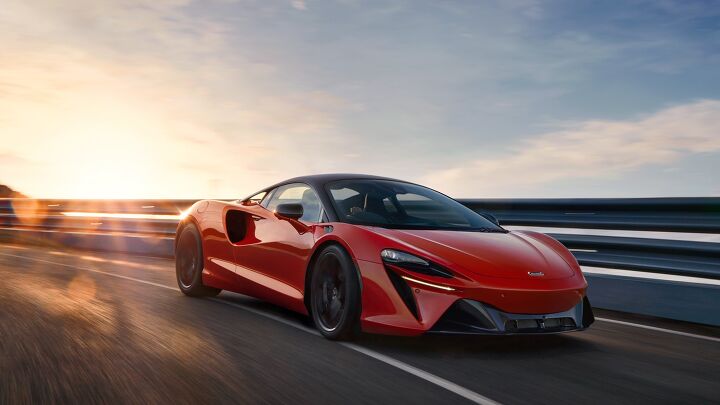#McLarenRacing
McLaren Has a New Owner and a New Lease On Life
The Bahraini fund called Mumtalakat was already McLaren’s largest shareholder, but now, it has taken over full ownership of the storied British sports car brand and racing teams. McLaren has had some rocky years financially, so the move will help shore up its base and prepare it for success moving forward.
McLaren CEO Mike Flewitt Leaving the Supercar Business
McLaren Automotive CEO Mike Flewitt will be stepping down after spending eight years at his post. The supercar manufacturer has stated that it’s already in search of his replacement, though that will be just one of several issues it needs to square away.
While Flewitt oversaw the brand’s impressive global expansion efforts and push to integrate new technologies needed for a broader product lineup, McLaren is still reeling from work stoppages done in response to the COVID-19 pandemic. Financial concerns have since encouraged the company to scale back its involvement in Formula One so it could prioritize its own survival, saving jobs wherever possible.
New F1 Teams Have To Pay $200 Million Under Latest Agreement
Interested in joining Formula 1? We hope you have $200 million handy because that’s the amount you have to pay to enter a new team under the sport’s seventh Concorde Agreement. Signed by the Fédération Internationale de l’Automobile (FIA), the Constructors Association, and existing F1 teams last month, this arrangement exists to help ensure participants remain committed to the sport to offer organizers and broadcasters the ability to maximize marketability.
They also tend to be kept a secret, with only their most general aspects of the deal ever making it out to the public. We already knew that teams would be subject to additional fees through 2025 to prove they were serious about joining while discouraging existing names from exiting the sport. But McLaren Racing CEO Zak Brown has since confirmed the amount with Racer. Over the weekend he said new entrants would be starring down the barrel of a $200-million fee, adding that the rationale was to avoid diluting the existing prize totals split between teams.

















Recent Comments